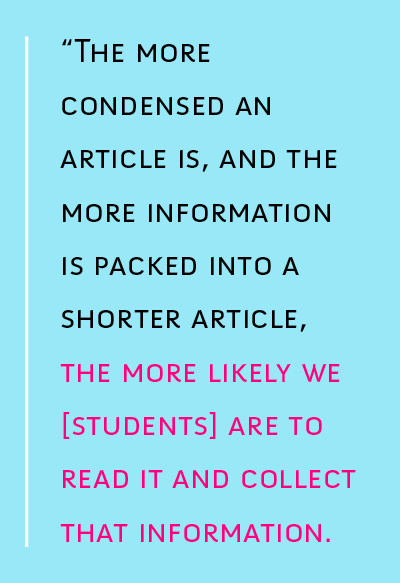01 Feb
Help your stressed students succeed using these ready-made mindfulness resources
Reading Time: 3 minutes
01 Sep
How to create an inclusive campus for your transgender students—and why that matters
Reading Time: 3 minutes
04 Aug
Time management: How CampusWell helped this student optimize his busy schedule
Reading Time: 3 minutes
13 May
Limited resources? Michigan Tech makes it work with help from CampusWell
Reading Time: 3 minutes
01 Apr
What you can do to support your students through the pandemic and beyond
Reading Time: 3 minutes
- 1
- 2



















































